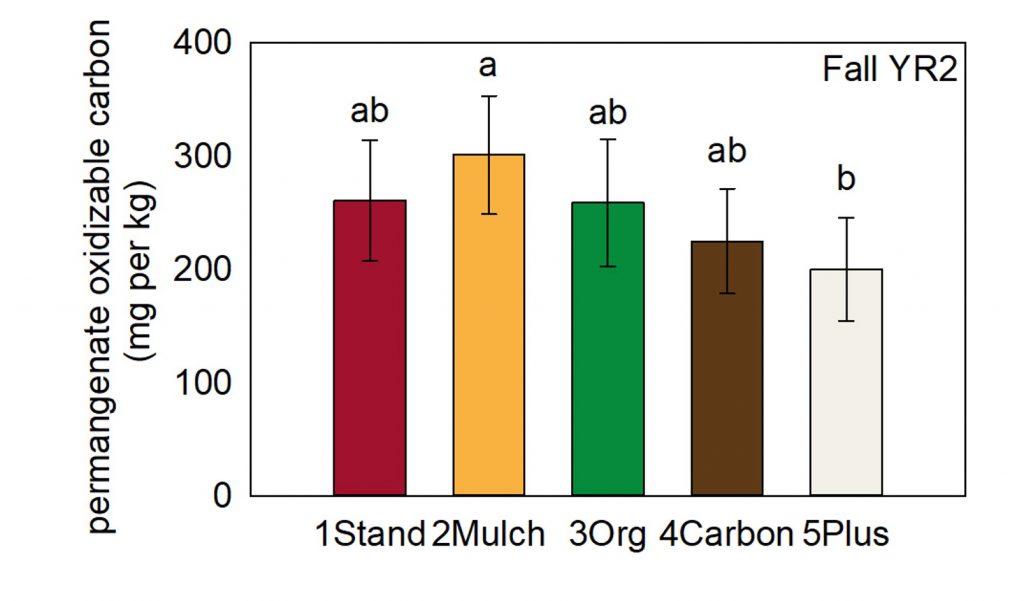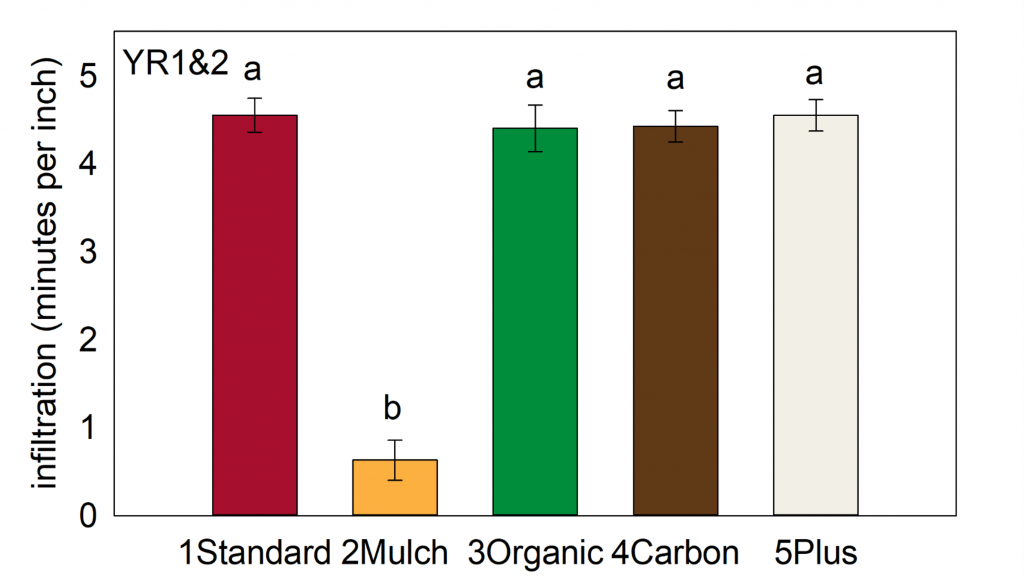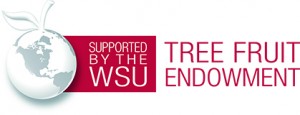Printable Handout Station 6 – Soil Health LTARE – WSU USDA Sunrise field day 2025
Problem
Droughty soils, soil borne disease and nematodes, and compaction restricting root growth affect fruit quality and productivity.
Project Goal
Investigate organic matter additions to buffer environmental stress and improve fruit quality.
Treatments
Standard
- Typical synthetic nutrients and pesticides
Mulch
- Chipped apple wood.
- Chip size 0.25-0.5 by 2.5-6 in.
- Aged at 131 F 15 days turning 3 times.
- 2 to 3 in depth (93 yd-3 acre-1).
- Raked back from trees.
High Carbon
- Compost: 10 tons per acre. 19.5% C ~ 2 ton per acre C 1.7% N – 0.81% P – 2.02% K
- Mown-and-blown grass clippings
Integrated Organic
- Same as high carbon
- Plus cultivation (Kult Kress Finger weeder)
Results
Soil Carbon
Water Infiltration
Tree Growth
Fungal Community Composition
Thank you to funders
Washington Soil Health Initiative
Washington Department of Agriculture
Contacts
Tianna DuPont, WSU Extension, Tianna.dupont@wsu.edu
Tracey Somera, Jessica Waite, Devin Rippner USDA-ARS
Lee Kalcsits, Chad Kreuger, WSU





